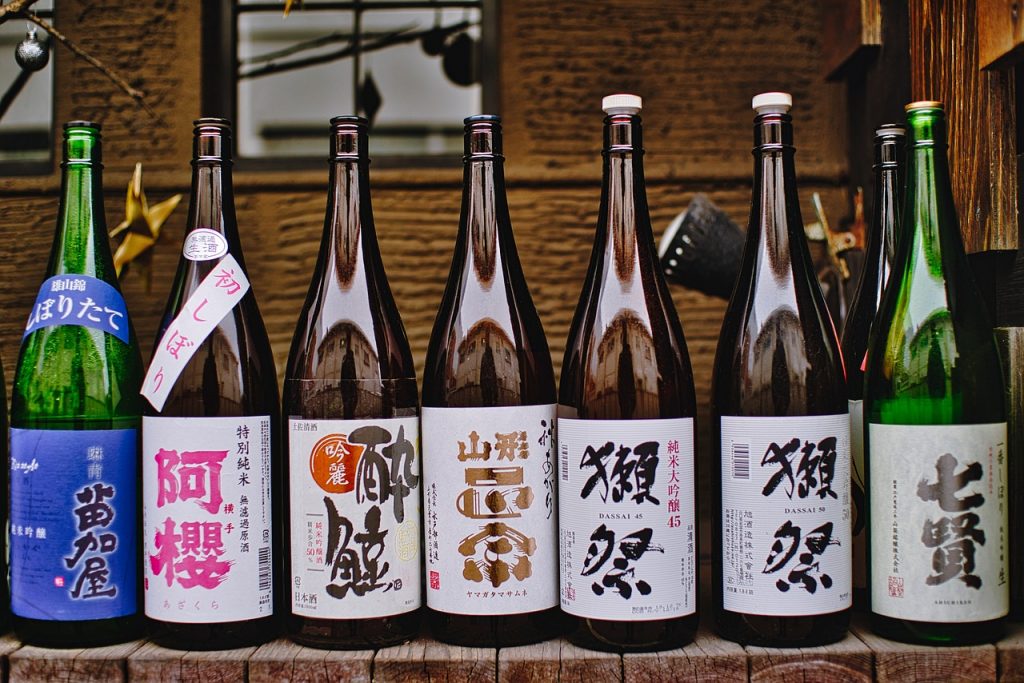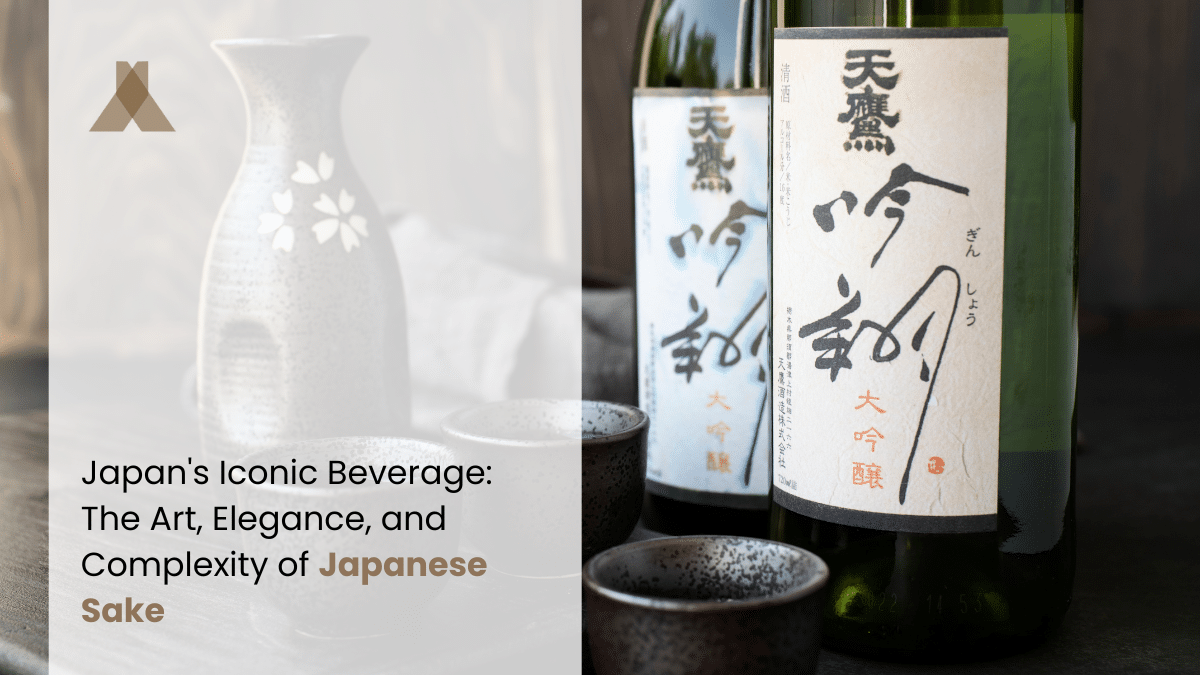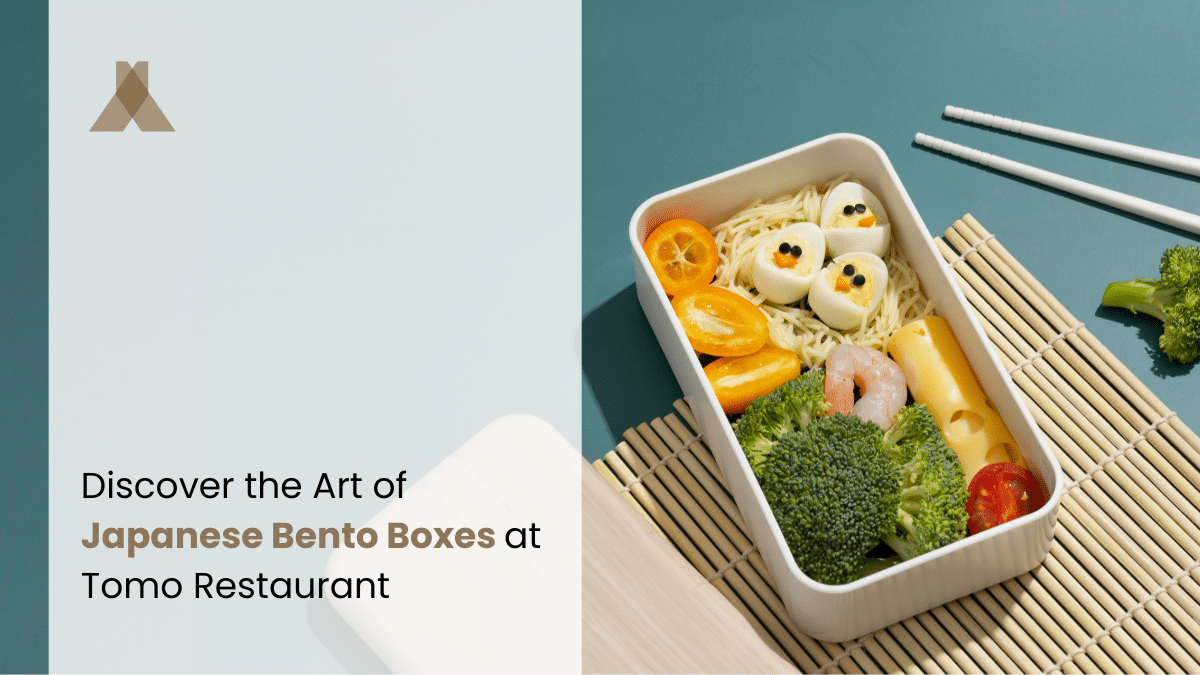Sake is a traditional Japanese alcoholic beverage with a rich heritage that stretches back millennia.
Today, we will uncover its historical roots, intricate brewing process, varieties, and enduring cultural significance in Japan and the whole world.

Bridging Past and Present: Tracing the Origins of Japanese Sake
The history of sake is as ancient as the land from which it hails.
Originating in Japan over 2,000 years ago, sake has played an integral role in the country’s culture and society. It was initially crafted for ceremonial and ritualistic purposes, but it gradually evolved into a beverage enjoyed by all strata of Japanese society.
Throughout the centuries, sake-making techniques underwent refinement, resulting in the emergence of distinct regional styles and flavors.
Mastering the Brew: The Ingredients and Techniques Behind Japan’s Liquid Art
A meticulous brewing process transforms humble rice grains into sake, a complex and nuanced libation.
Key ingredients include rice, water, koji mold, and yeast. The brewing process, known as “sake making” or “sakezukuri,” involves these steps:
- Rice polishing: removes the outer bran layers, leaving the starchy core ideal for sake.
- Washing: removes impurities and prepares the rice for soaking.
- Soaking: increases moisture content for even steaming.
- Steaming: cooks the rice and makes the starches more accessible.
- Koji making: introduces the koji mold to convert starches into sugars.
- Fermentation: with yeast and koji transforms sugars into alcohol and sake.
- Pressing: separates the liquid sake from the solid lees (remaining rice particles).
- Aging (optional): adds complexity and depth to some premium sakes.
In sake production, craftsmanship is paramount. Skilled artisans employ techniques passed down through generations—The selection of premium rice varieties, the precise control of fermentation temperatures, and the other stages of the brewing process contribute to the character and quality of the finished sake.
Beyond the Basics: The World of Japanese Sake Varieties
Sake aficionados can be treated to a diverse array of styles and varieties.
The classification of sake is based on factors such as the rice polishing ratio, brewing methods, and flavor profiles:
- Junmai: Made from rice, water, koji mold, and yeast without the addition of distilled alcohol.
- Honjozo: Similar to junmai, but with a small amount of distilled alcohol added to enhance aroma and flavor.
- Ginjo and Daiginjo: Premium sake varieties crafted from highly polished rice, resulting in refined flavors and aromas.
- Nigori Sake: Unfiltered sake with a cloudy appearance and a creamy texture, retaining some rice solids for a sweeter taste.
- Sparkling Sake: Effervescent sake offering a refreshing twist on traditional varieties.
Sake Etiquette 101: How to Serve Sake to Enjoy Japan’s Finest Beverage
Serving sake is an art form in itself, with traditional customs and etiquette guiding the ritual.
Sake is typically enjoyed at various temperatures, ranging from chilled to warm, depending on the style and preference. It is often served in small ceramic or glass cups called “ochoko” or in larger vessels known as “tokkuri.”
When drinking sake in the company of others, observing proper etiquette is essential. It is customary to pour sake for others before filling your own cup, and receiving sake with both hands is a sign of respect.
Pairing sake with complementary dishes, such as sushi, sashimi, and Japanese izakaya fare, enhances the dining experience and elevates the flavors of both the food and the sake.
Sake and Society: Exploring Its Role in Japanese Culture
Beyond its role as a beloved beverage, sake holds deep cultural significance in Japanese society.
It is intertwined with traditional ceremonies, festivals, and religious rituals, serving as a symbol of purity, prosperity, and unity. Sake breweries, known as “sakagura,” are revered as cultural landmarks, with some dating back centuries and offering immersive experiences for visitors seeking to learn about sake production firsthand.
Tomo’s offerings: Our Ultra-Premium Grade Sake Selection
Let’s delve into our ultra-premium grade offerings awaiting discerning palates:
Wakatake Onikoroshi Junmai Daiginjo
This sake exudes sophistication with its impeccable balance of acidity and fruitiness.
Notes of peach and tangerine dance gracefully on the palate, while its 17% alcohol content lends a subtle warmth.
Whether served hot or cold, this Junmai Daiginjo epitomizes elegance in every sip.
Kamotsuru Daiginjo
As the first Daiginjo sake ever crafted, Kamotsuru carries a legacy of excellence.
Its elegant aroma leads to a dry and mellow finish that leaves a lasting impression.
Dassai 45
Delicately dry and light-bodied, Dassai 45 enchants with its well-rounded character.
With a milling rate of 45%, this sake achieves a purity of flavor that captivates the senses, making it a perennial favorite among aficionados.
Kitaya Kanasansui
Medium dry and delicately complex, Kitaya Kanasansui offers a harmonious blend of flavors.
This sake embodies the artistry and finesse synonymous with ultra-premium grade offerings.
Dassai 45 Nigori
Building upon the foundation of Dassai 45, this nigori variation adds a touch of whimsy to the lineup.
Dry yet graceful, it retains the elegance of its counterpart while introducing a creamy texture.
With its light-bodied nature and well-rounded character, Dassai 45 Nigori offers a unique twist on tradition.
Kubota Manjyu
Slightly dry and medium-bodied, Kubota Manjyu delights with its refreshing profile and subtle nuances.
Flavors of Fuji apple and tart pear dance on the palate.
Dassai 23
With an impressive milling rate of 23%, Dassai 23 is a masterpiece of precision and finesse. Its fruity aroma entices the senses, while a clean finish leaves a lasting impression.
This sake exemplifies the pinnacle of ultra-premium grade craftsmanship.
Kubota Senshin “Sensitive Mind”
Milled to 28% and aged for one year, Kubota Senshin embodies the essence of refinement and complexity.
Aromas of pear and cantaloupe lead to a rich and layered experience.
Born Nihon no Tsubasa “Wings of Japan”
Milled to 35%, Born Nihon no Tsubasa exudes softness, elegance, and complexity in equal measure.
Each sip reveals a tapestry of flavors, with subtle nuances that evolve with every moment.
Kyokusen
Milled to 40%, Kyokusen offers layers of strawberry, peach, and melon intertwined, creating a sensory experience that transcends the ordinary.
A Toast to Tradition: The Importance of Japan’s National Drink
Since its beginnings in ancient Japan, sake has captivated with its flavors, rich history, and enduring allure.
We invite you to enjoy the finest sake with us at Tomo Japanese Restaurant. Kampai!





